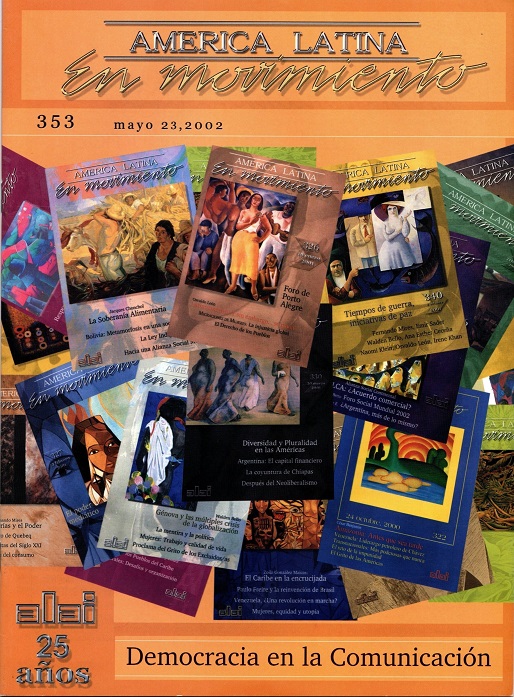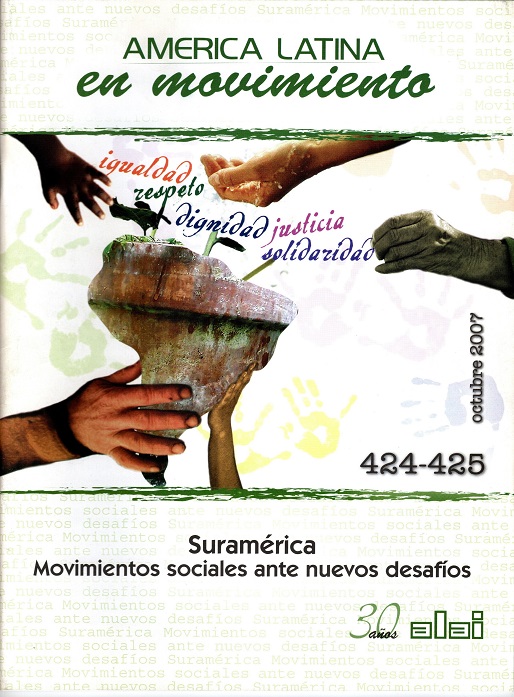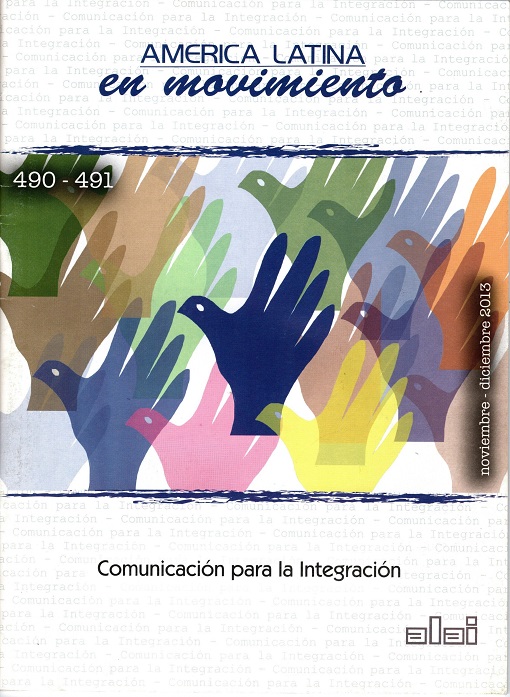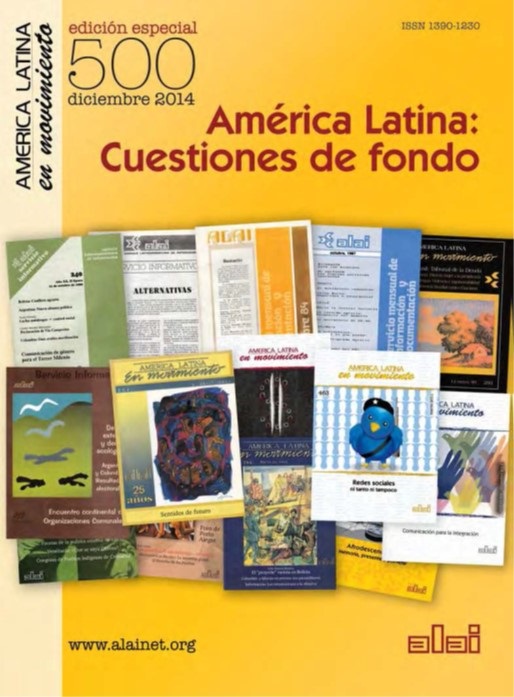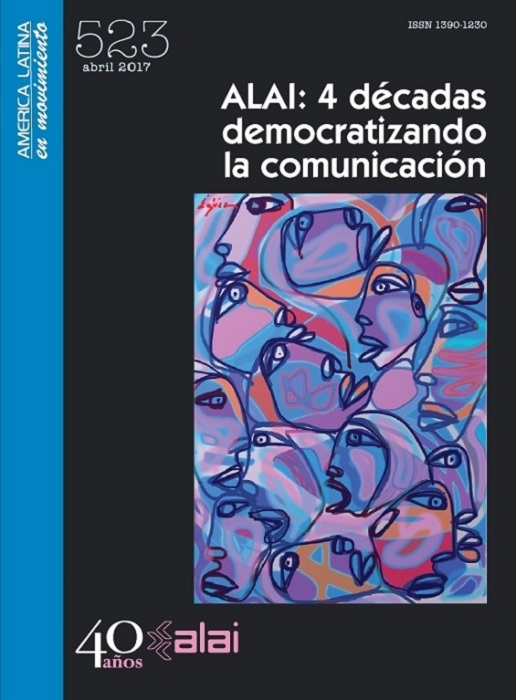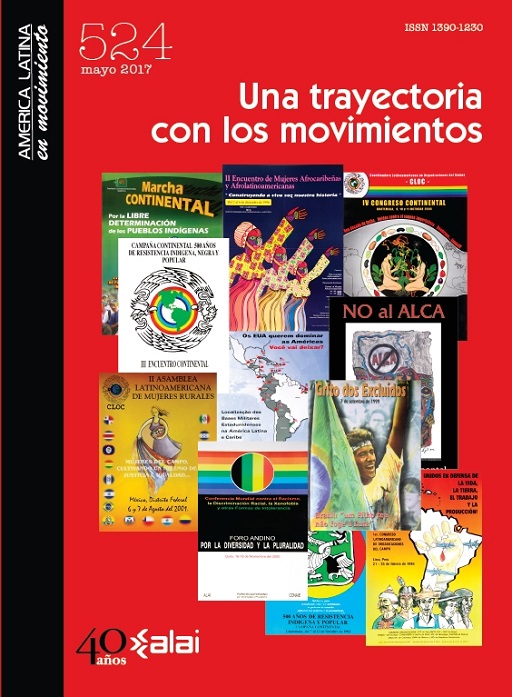Environment Talks in WTO:
Assisting The South or Making It Dependent on Imports of Technology?
18/04/2011
- Opinión
At the WTO negotiations on environmental goods and services, developing countries are being asked to eliminate tariffs on a broad range of products. This makes the developing countries more dependent on imports of technology, when the aim should be to enable them to develop their own environmental goods and services.
Since the start of the WTO Doha negotiations in 2001, WTO Members have sought to reach agreement on the liberalization of trade in environmental goods and services. Under various paragraphs of the Doha Ministerial Declaration, these environmental goods and services negotiations have the objective to ensure that trade and the environment are mutually supportive in the context of sustainable development, and should fully take into account the principle of special and differential treatment and the need for technical assistance to be provided to developing countries.
In October 2009, a group of mostly developed countries (Canada, the European Union, Japan, Korea, New Zealand, Norway, Taiwan Province of China, Singapore, Switzerland, and the United States) put forward a negotiating proposal in the WTO environmental goods negotiations suggesting that tariffs on all environmental goods be eliminated (i.e. have a tariff rate of zero) with developing countries to be given a transition time of a few years within which to do so. They argue that this would result in a “win-win” proposition: one that is good for trade and good for the environment, because trade flows in environmental goods would increase while at the same time the environmental impacts would be decreased.
However, doing so would create a development “loss” for developing countries. Since developed countries already apply quite low or zero tariffs on most industrial goods, including environmental goods, their burden of effective tariff reductions would be relatively much less than for developing countries. In short, developed countries are effectively asking developing countries in the context of the WTO negotiations in environmental goods to:
- Radically reduce their applied and bound tariffs on industrial products under the pollution management category by much more than what developed countries would be required to reduce. Developing countries’ applied tariffs on such products average more than 8% (with most low- and middle-income developing countries having applied tariffs around 15-30%) and the bound tariffs on average around 32%;
- Treat the environmental goods negotiations as a separate “sectoral negotiation” to reduce or eliminate tariffs reduction or eliminate tariffs, with modalities different from (and steeper than) the tariff cuts under the NAMA negotiations on industrial goods.
This treatment would move the environmental negotiations away from reflecting the principles of less than full reciprocity and special and differential treatment that rightfully favour developing countries.
More seriously, cutting tariffs to zero for environmental goods would result in a surge of imports into developing countries and make them dependent on these imported goods and make it difficult or impossible for local industries producing environmental goods to survive or develop. The developing countries would also become technologically dependent, unless other measures are put in place to ensure that developing countries can obtain and design the technologies themselves.
The argument that the tariff elimination would benefit developing countries as they can import the products more cheaply runs into the same type of criticism regarding proposals for import liberalization in food products. Most developing countries place priority on local food production, and thus argue for having a category of “special products” which are exempted from tariff cuts or steep cuts. They also want a special safeguard to protect local farmers from import surges. Thus they are also against being pressurized into having to eliminate their tariffs on environmental goods since they wish to preserve policy space to be able produce these goods and their infant industries would need protection at least initially.
A major problem is that the developed countries have designated a large number of products as “environmental goods.” In an April 2007 proposal (JOB(07)/54, 27 April 2007), a group of developed countries proposed a list of 166 6-digit Harmonized System (HS) tariff lines as a possible “convergence list” for environmental goods. This is 2.92% of the 5,677 tariff lines at the 6-digit HS level. Given that under any given 6-digit tariff line, there may be a large number of specific goods identified through their individual 8- or 10-digit HS codes, these 166 tariff lines would cover literally thousands of individual products that may or may not have positive environmental end-uses.
Using data from the UNCTAD/WTO International Trade Centre’s TradeMap statistical database, as of 2009, the value of OECD exports to non-OECD countries of products covered by these 166 tariff lines amounted to US$181.542 billion, while OECD imports of products from non-OECD countries under these tariff lines amounted to US$85.588 billion – i.e. OECD countries export more than double the value of non-OECD countries’ exports of products in the same tariff lines, resulting in a trade surplus in favour of OECD countries in 2009 of US$95.954 billion (112% of the value of non-OECD exports). Many developing countries view this as being opportunistic, that the developed countries are simply including in the list many of their products that they want to promote, and which should not be categorized as “environmental goods.”
Many developing countries have expressed concerns over the list of tariff lines proposed as “environmental goods.” Some have suggested that these tariff lines essentially cover products that are mainly produced by developed countries. Others have pointed out that these products may be difficult for resource constrained developing countries to acquire or, once acquired, to adequately maintain using only local technicians and materials. Still other developing countries have suggested that the use and promotion of environmental goods and services would still need to be anchored on a solid institutional and regulatory framework (including on technology transfer) to ensure that these are absorbed and utilized in a way that provides developmental benefits. Finally, a market access focus on the elimination of trade barriers is overly narrow and, in a developing country context, has the potential to limit or wipe out the ability of developing country producers to develop sufficient production and competitive capacity with respect to such environmental goods and services.
Creating a winning situation for developing countries in relation to trade in environmental goods lies in ensuring that such trade provides developmental benefits to the importing developing countries in terms of enhancing the transfer of technology and know-how in producing such goods so that endogenous environmental goods could then be developed and produced by the importing developing countries.
In this regard, the following measures would need to be addressed and reflected as part of the outcome of the WTO’s environmental goods negotiations:
- ensuring effective and operational technology transfer modalities in relation to environmental goods;
- enhancing intellectual property rights flexibilities in relation to environmental goods;
- fully reflecting the principle of special and differential treatment for developing countries;
- allowing developing countries to provide subsidies to promote the development of their own environmental goods industries; and
If the objective is to assist developing countries to shift to the use of environmental goods, this should not be done only through cheaper imports, but more importantly through these countries producing their own environmental goods and to become more efficient in doing so. Technology transfer to the developing countries would be an essential element of this.
The WTO can contribute towards this goal by establishing, as among the outcomes of the environmental goods negotiations under paragraph 31(iii) of the Doha Ministerial Declaration, a technology transfer mechanism with respect to environmental goods.
The mechanism should address all stages of the technology development cycle (including research and development, demonstration, deployment, diffusion, and endogenous innovation). It should be designed in such a way that it ensures developed country compliance. The mechanism should also be able to encourage and promote further innovation and development of the transferred technology in the recipient country.
Since intellectual property rights (IPRs) can hinder technology transfer, there should be a clear outcome in the WTO negotiations on environmental goods and services that enhances and strengthens TRIPS flexibilities.
The principle of special and differential treatment, including less than full reciprocity in reduction commitments for developing countries is a fundamental part of the negotiating mandate for market access in environmental goods under paragraph 31(iii) of the Doha Ministerial Declaration. Many developing countries have raised proposals in this regard.
This means essentially that developing countries, including least-developed countries, must have greater flexibility and policy space with respect to their tariff commitments in relation to environmental goods as compared to those of developed countries upon the conclusion of the negotiations. This also means that both the quantum and scale of tariff reductions to be undertaken by developing countries must be less as compared to those to be undertaken by developed countries. This is because such policy space in relation to tariff commitments – e.g. the retention of as much space as possible between the bound and applied tariff rates – for developing countries is essential for them to be able to use trade policy in a manner that would be appropriate to their needs and circumstances.
The billions of dollars of subsidies that some developed countries have been providing to their industries for the research and development (R&D) of environmental goods create a distinct competitive advantage for developed countries vis-à-vis developing countries that lack the financial resources to match these developed countries’ subsidies. Given this unfair imbalance in subsidies, developing countries and their firms would be in an even worse competitive situation if they have to lower or, worse, eliminate their tariffs on environmental goods.
Developing countries have been unable to compete with regard to R&D grants because of their lack of funds, and are also constrained due to the WTO rules from using many other types of subsidies that were used by developed countries when they were in their development phase. An even bigger imbalance is that agricultural subsidies are exempted from the strict rules of the subsidies agreement, and much more lenient treatment is provided to this sector, allowing developed countries to continue to maintain hundreds of billions of dollars of agricultural subsidies each year.
For developing countries, subsidies and other incentives are particularly important, since many new industries and practices have to be fostered. Such subsidies should of course be well designed and implemented properly to ensure they meet sustainable development goals. Incentives (subsidies, access to credit, tax breaks, etc) should be provided to producers and consumers in developing countries to promote good production processes and products (renewable energy, sustainable agriculture, no-emissions cars).
Given the importance of supporting the shift by developing countries on to a sustainable development pathway, developing countries need to use policy measures such as subsidies. They have already proposed that they be allowed to use subsidies on several grounds, including for environmental purposes. This proposal has been part of the WTO’s Doha agenda, under implementation issues. A favourable outcome on this issue would be very useful for developing countries to enable them to produce and develop environmental goods and services.
In conclusion, the developed countries should not make use of the environment objective to pressurize developing countries to eliminate their tariffs on a broad range of products, which would render the latter dependent on imports and on technology. Rather, developing countries should be assisted to develop their own environmental goods and services and be allowed and enabled to do so. The setting of tariffs at appropriate rates should be a flexibility made available in this regard.
Source: South Bulletin Issue 54 (15 April 2011)
https://www.alainet.org/es/node/149182
Del mismo autor
Clasificado en
Clasificado en:
Libre Comercio
- José Ramón Cabañas Rodríguez 01/04/2022
- Jorge Murga Armas 31/03/2022
- Jorge Murga Armas 30/03/2022
- Lori Wallach 22/03/2022
- Néstor Araujo 22/03/2022
